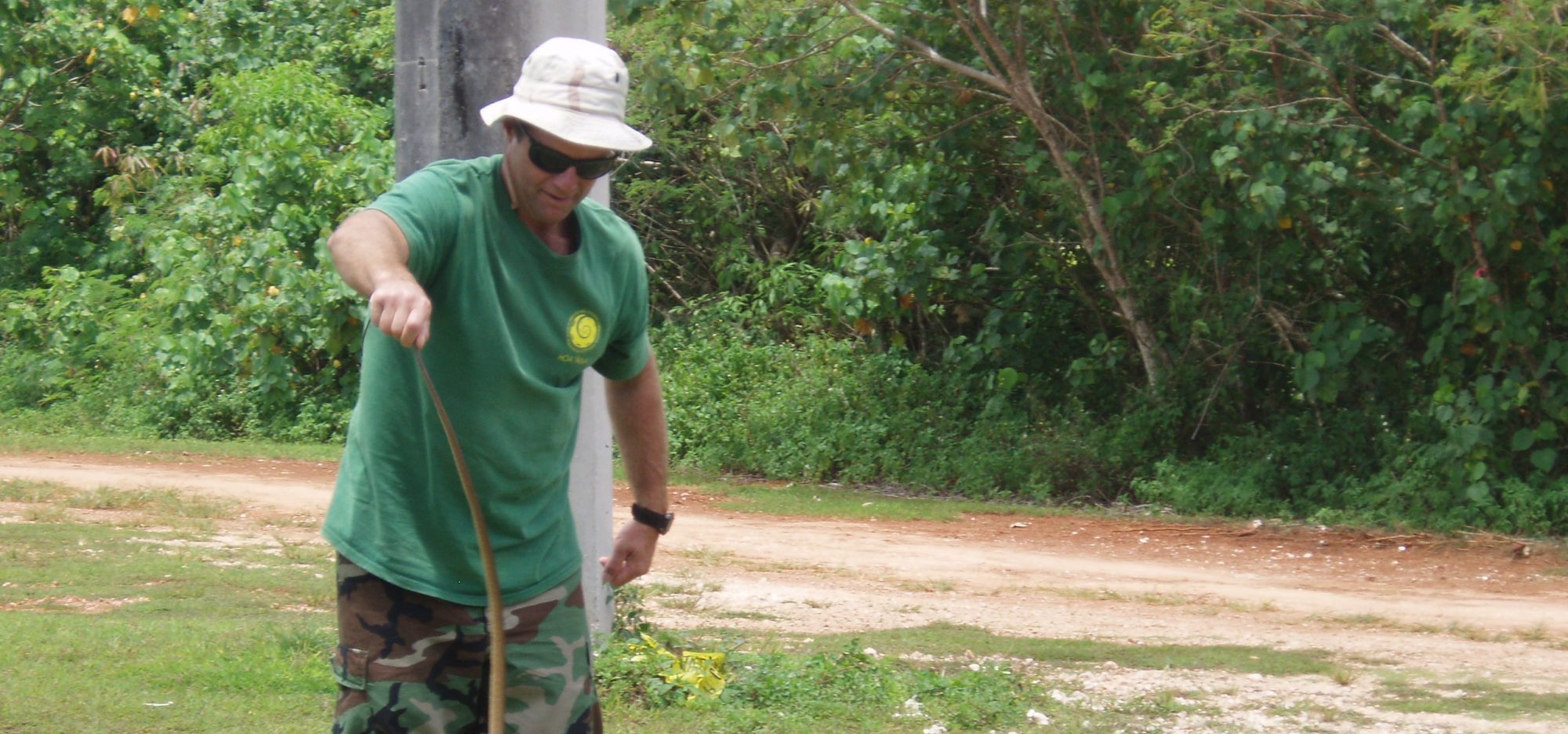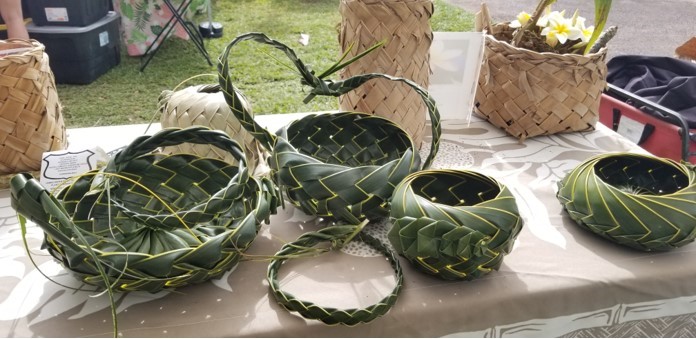Artificial Intelligence (AI) is changing the way we work—not just for chatbots in customer service or conjuring fake images. AI…
Read More
Kōkua for Coconuts: Community Workshop for Coconut Rhinoceros Beetle Detection
Date: Saturday, May 4th, 10:00 am – 2:00 pm Location: Kealia Pond National Wildlife Refuge Visitor’s Center Join us for…
Read More
When does a species become invasive? A 1920’s scientist showed us, partly by accident
In 2000, Forest and Kim Starr, biologists with the University of Hawaiʻi, accepted an unusual challenge: drive all the roads…
Read More
What’s keeping invasive species out of Hawaiʻi? Inspections, programs and plans and finally, you
On the morning of January 9th, an employee unloading a container at a hardware store on Molokaʻi was startled by…
Read More
Coconut palms are woven into the culture of the islands; a beetle threatens that connection
Would-be weavers spilled out of the shade under an open-sided tent at the Arbor Day event at Maui Nui Botanical…
Read More




